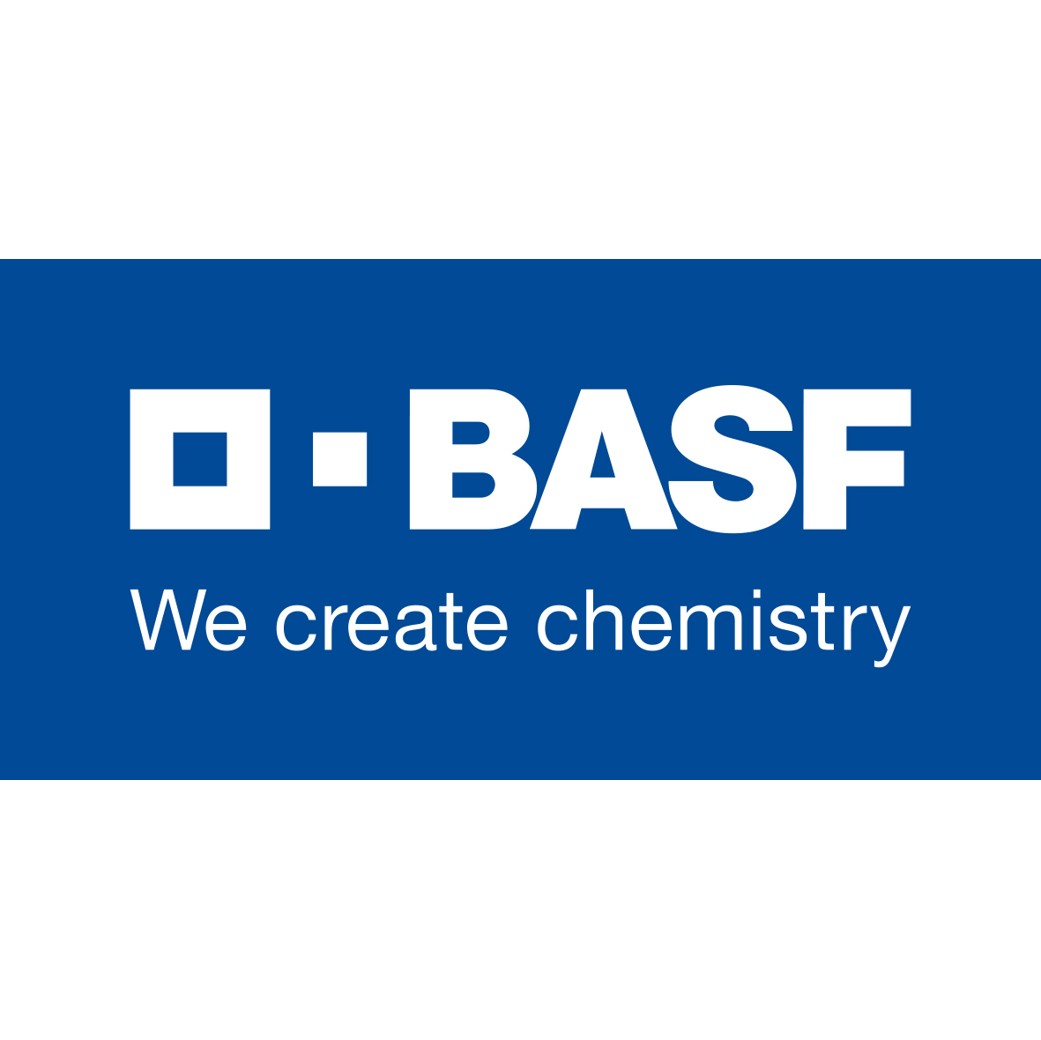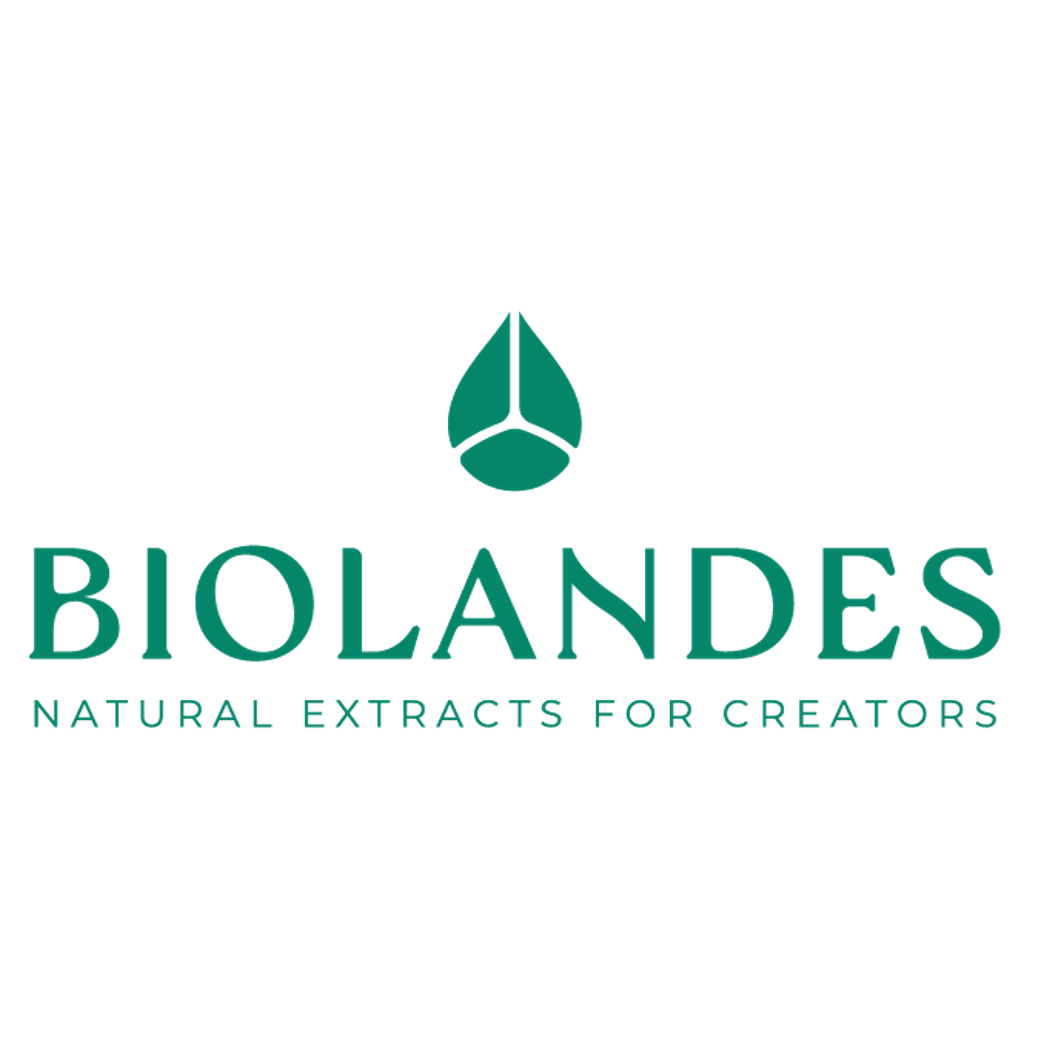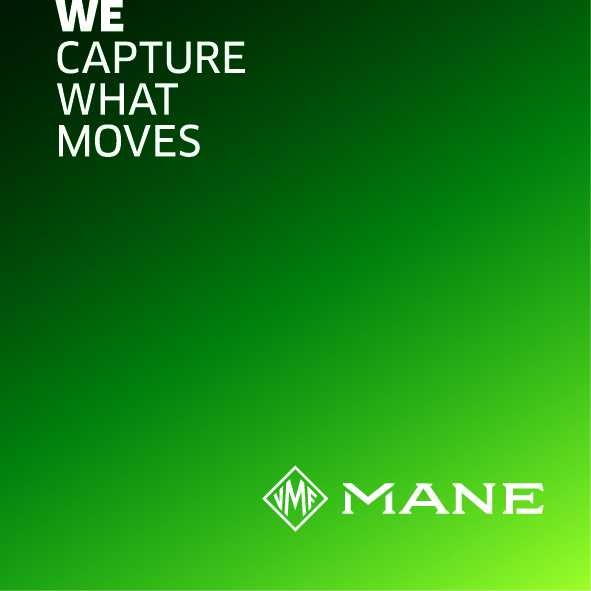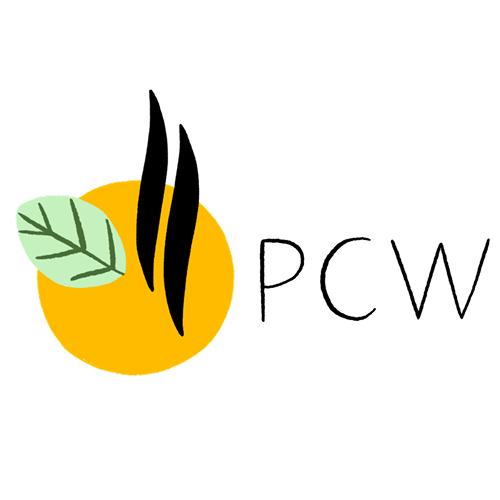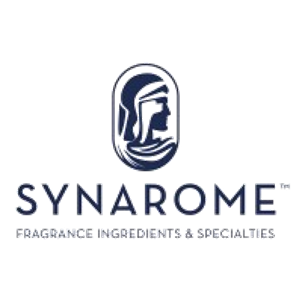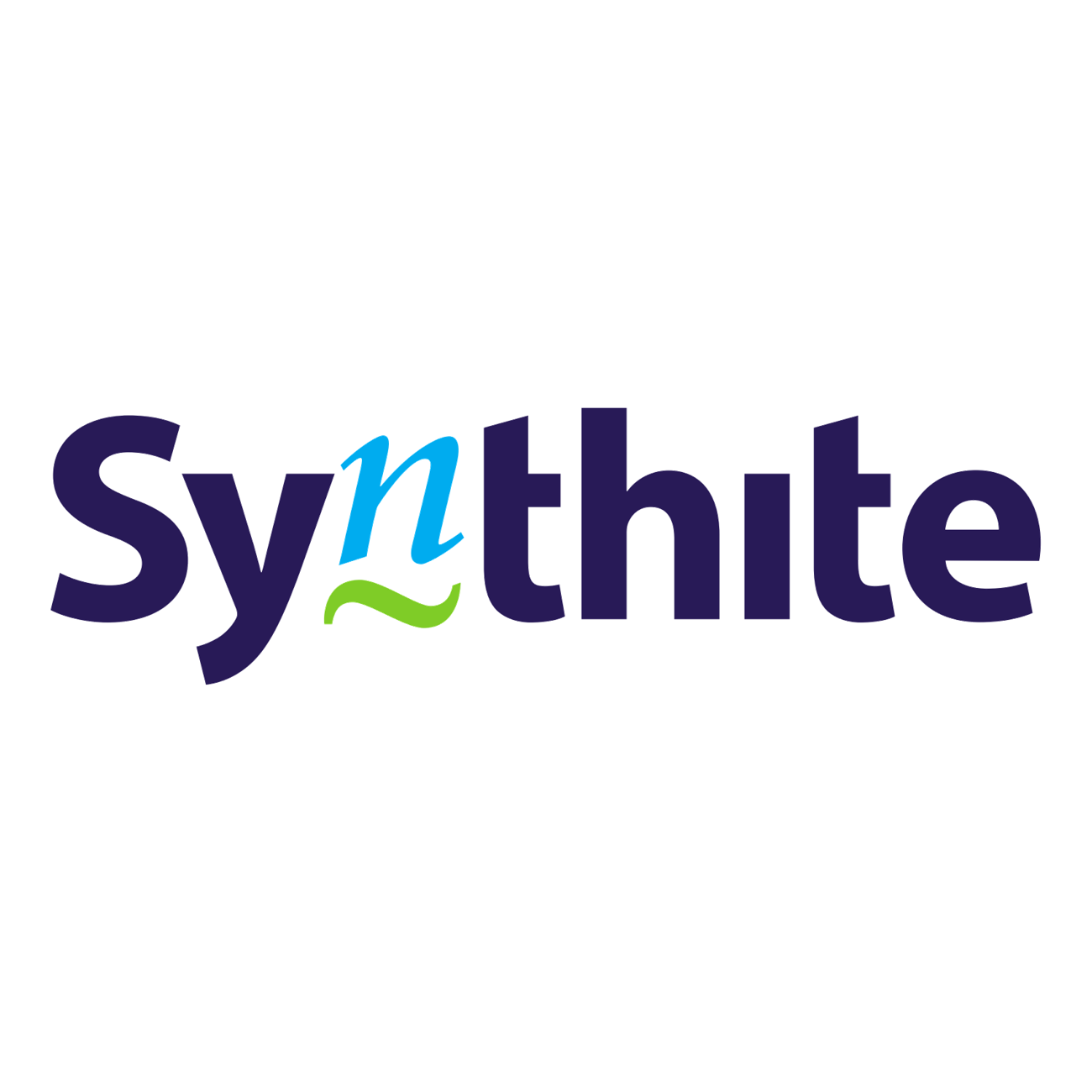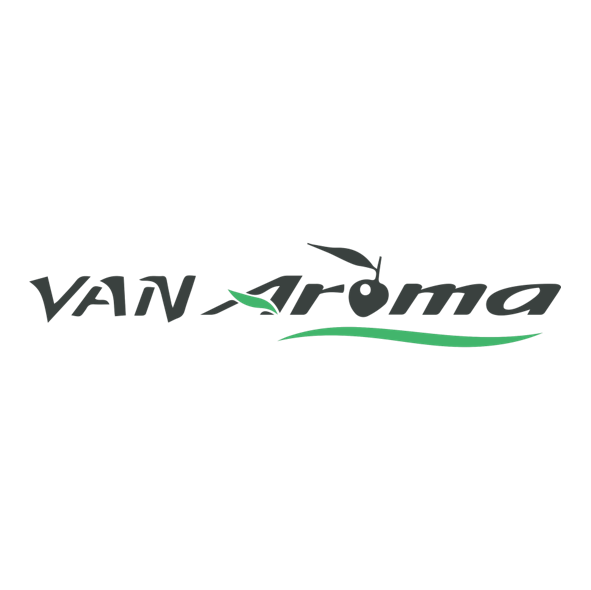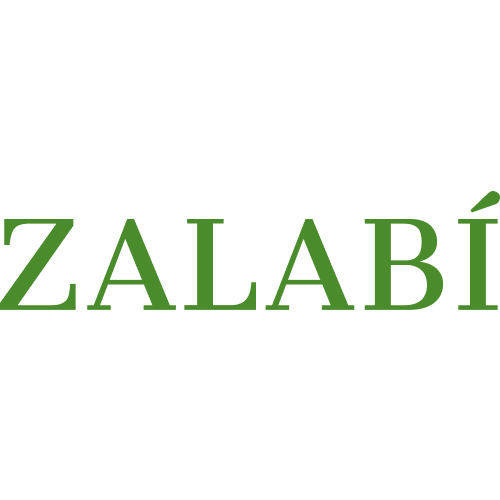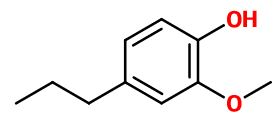
Photo credits: ScenTree SAS
Dihydroeugenol
Spicy > Warm Spices > Eugenol > Metallic
2-methoxy-4-propylphenol ; 4-propylguaiacol ; Ortho-5-propylhydroxyanisole ; Ortho-4-propylmethoxyphenol ; Cerulignol ; Coerulignol ; Guaiacylpropane ; Cerulignol ; Cerulignol ; Dihydro eugenol ; Guaiacyl propane ; 4-hydroxy-3-methoxypropyl benzene ; (4-hydroxy-3-methoxyphenyl) propane ; 4-propyl guaiacol ; Para-propyl guaiacol ; 5-propyl ortho-hydroxyanisole ; 4- propyl-2-methoxyphenol

Photo credits: ScenTree SAS
| Company | Ingredient Name | ID | Comments | Naturality | Certifications | MOQ | Purity |
|---|---|---|---|---|---|---|---|
|
|
DIHYDROEUGENOL | 938520 |
Visit website
|
Molecules |


|
- | - |
|
|
Dihydroeugenol | CL-804 |
Visit website
|
Natural |



|
100 Kgs | 100 |
|
|
DIHYDROEUGENOL | - |
Visit website
|
- | 10 grs | - |
General Presentation
-
CAS N° :
2785-87-7 -
EINECS number :
220-499-0 -
FEMA number :
3598 -
FLAVIS number :
04.049
-
JECFA number :
717 -
Volatility :
Head/Heart -
Price Range :
€€
Physico-chemical properties
-
Appearance :
Pale yellow liquid -
Density :
1,038 -
Refractive Index @20°C :
Data not available. -
Optical rotation :
Data not available. -
Vapor pressure :
Data not available. -
Flash Point :
113°C (235,4°F)
-
Molecular formula :
C10H14O2 -
Molecular Weight :
166,22 g/mol -
Log P :
Donnée indisponible. -
Fusion Point :
17°C (62,6°F) -
Boiling Point :
240°C (464°F) -
Detection Threshold :
Donnée indisponible.
Chemistry & Uses
Uses in perfumery :
DihydroEugenol is used to replace Eugenol is some accords, as it is not a regulated ingredient, for the same reasons as Eugenol, but mostly when the aim is to bring more facets to fresh spices such as black pepper, cardamom etc.
Year of discovery :
Data not available.
Natural availability :
DihydroEugenol has been identified in diverse consumer goods such as some whiskeys and cheeses. Nevertheless, it is not extracted from any plant, to get it on a natual way.
Isomerism :
DihydroEugenol is a constitutional isomer of Viridine®, even if it doesn't have the same smell at all.
Synthesis precursor :
DihydroEugenol is not a precursor to the synthesis of any other molecule used in perfumery.
Synthesis route :
DihydroEugenol can be synthetised starting with Isoeugenol or Eugenol, using a catalytical hydrogenation reaction. This reaction consists in putting the molecule under a large pressure of hydrogen, in the presence of a metallic catalyst on carbon, such as platinium or palladium. The insaturation present in Isoeugenol or Eugenol is transformed into a simple bond in the final product.
Stability :
Becomes red under during light exposure and in an alcaline base. This is limiting the use of this raw material in alcaline bases such as shower gel or shampoo bases among others.
Other comments :
Compared to Eugenol, Dihydroeugenol has an even more metallic smell, closing it to Clove Bud EO.
IFRA
IFRA 51th :
This ingredient is restricted by the 51th amendment
- Quantitative limit on the use :
-
Cat.1 Cat.2 Cat.3 Cat.4 Cat.5A B C DCat.6 0,13 % 0,039 % 0,78 % 0,73 % 0,19 % 0,19 % 0,19 % 0,062 %0,43 % Cat.5A B C DCat.6 0,19 % 0,19 % 0,19 % 0,062 %0,43 % Cat.7A BCat.8 Cat.9 Cat.10A BCat.11A BCat.12 1,5 % 1,5 %0,062 % 1,4 % 1,4 % 5,1 %0,062 % 0,062 %No Restriction Cat.10A BCat.11A BCat.12 1,4 % 5,1 %0,062 % 0,062 %No Restriction





